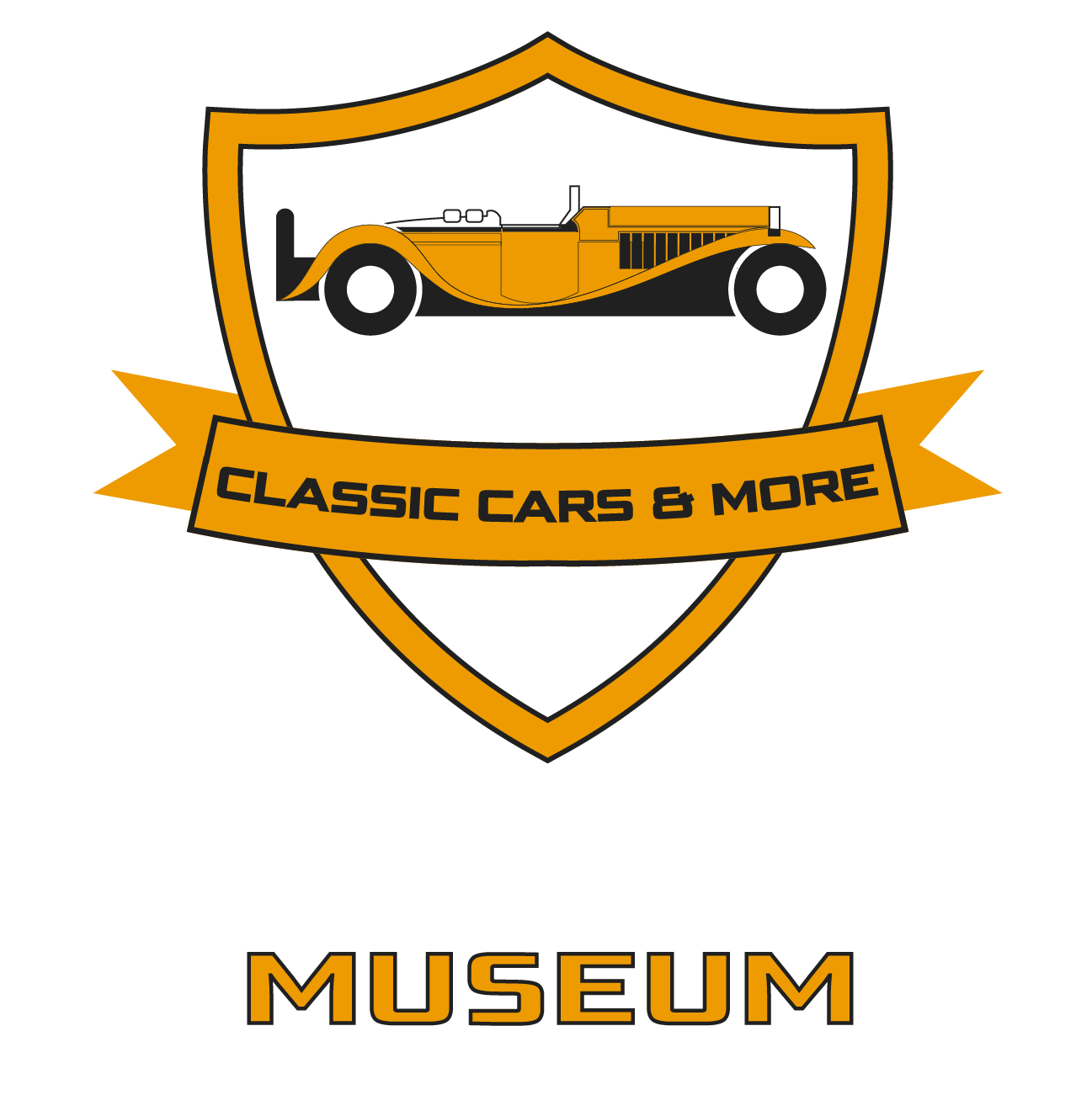365 DAILY NEWSLETTER
ASTON MARTIN DB4
From September 1962, the DB4 received another round of changes, so that the AMHT and before it, the AMOC designated these, the final variant of the DB4 as ‘Series 5’. Principally, so as to provide more space and legroom for rear seat passengers, the body was lengthened by 9cm (up from 448 to 457 cm) and the roof was raised a little too, yet it stayed all within the same wheelbase as previous examples. This is best seen in the gap between the back of the rear wheel arch and the start of the rear bumper. So as to keep the overall height of the car the same as before, the diameter of the wheels was reduced from 16 to 15 inches.
DB4 Saloon (series 5)
The rear light clusters were slightly changed from the Series 4 and feature individual indicator, stop/tail lamp and reversing lamp. The rear reflector was therefore re-located to the bumper. Also, the boot handle/number plate light was changed to a larger Hella type also used on the Karmann Ghia. Another change can be seen with the front indicators which are noticably a little larger than previously.
The car illustrated above is quite a special example of the Series 5 Saloon as it was fitted from new with the optional Special Series or ‘/SS’ engine, normally fitted as standard to the DB4 Vantage. As many of the Series 5 cars built have both the /SS special series engine and the faired-in headlights are thus are correctly referred to as DB4 Vantage. Strictly speaking, DB4 saloons with the Special Series engine but retaining the upright headlamps are not called DB4 Vantage even though they have the engine from the Vantage.
It’s worth pausing before we jump in and drive, just to consider the impact the DB4 made when it first appeared way back in October 1958 (almost two and a half years before Jaguar’s E-type, don’t forget).
Here was a thoroughly modern, high-performance GT, and it was received with something approaching rapture by the press. Autosport described it as the ‘safest and fastest saloon in the world’, adding: ‘It is another British achievement that will make the Italians and Germans think very hard.’ Autocar recorded a top speed of 140mph, though this was in 1960 with the Series 2 car, which had an oil cooler and larger sump capacity to allow sustained high speeds on continental roads without the fear of the overheating and (ultimately) bearing failure that had dogged the earliest examples.
In total, a mere 55 Aston Martin DB4 series 5 saloons were built during a 10-month period between September 1962 and June 1963. It was replaced in the range by the popular DB5.
Subscribe to our newsletter
Provide your e-mail address and click the button below to receive special deals and premium offers





